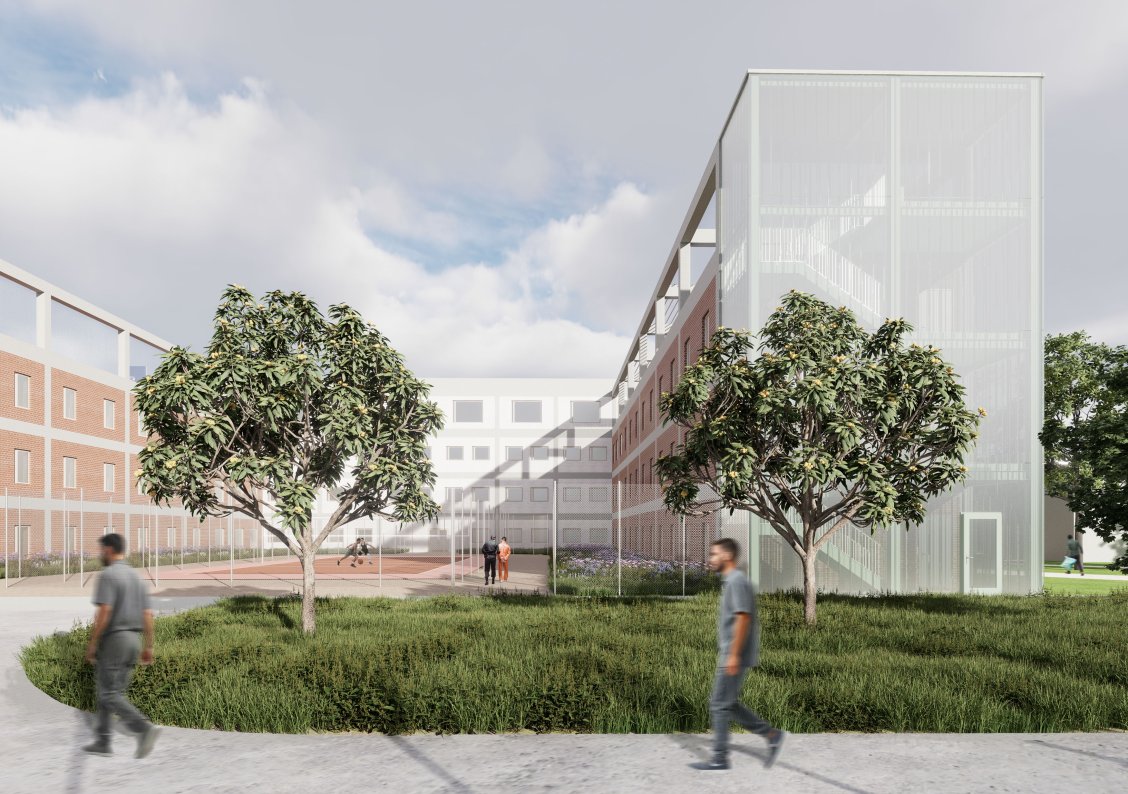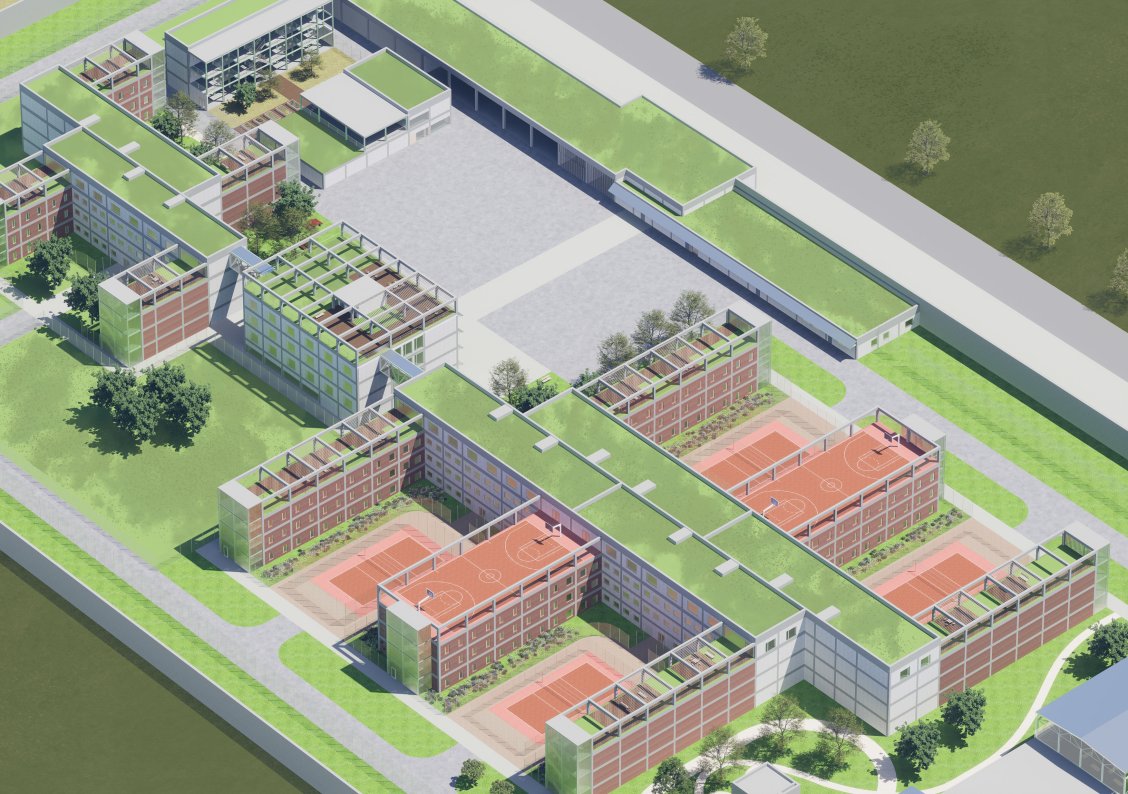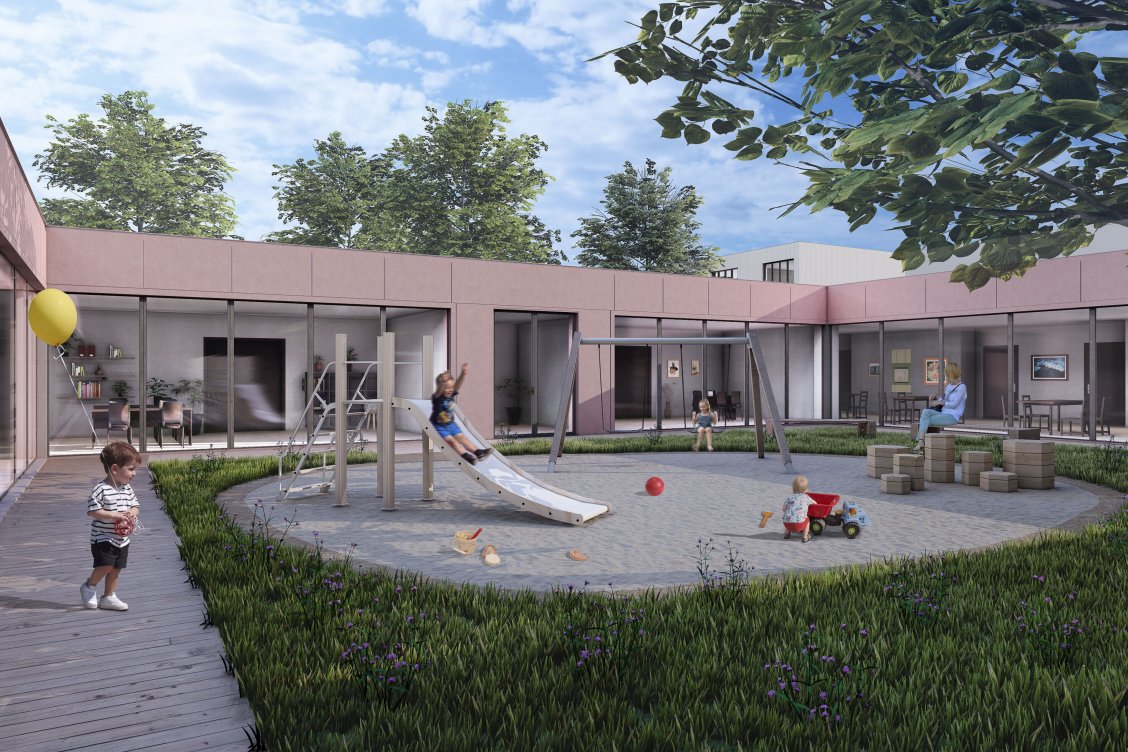The cell as a chance. Students of FA CTU are looking for a way to fix Czech prisons
23/5/2025

More than 20,000 people are serving sentences in our closed prisons. However, we stand out in European comparison with one worrying fact - up to 70% of those released return to prison. Open prisons offer an alternative - facilities where convicts live with greater freedom, work off-site, and maintain contact with loved ones. This approach, common in some European countries for over a century, significantly reduces recidivism—in some cases by up to 10%.
Architecture can play a crucial role. "The environment in which a person spends years of their life affects their behaviour and chances of successful integration after release. Elements familiar from community or therapeutic buildings are key - natural light, views, airiness, shared spaces, but also plenty of privacy," says Jan Jakub Tesař, head of the studio.
The students of the Tesař-Barla studio asked themselves: Can architecture help reduce recidivism? Where should prisons stand? And are they reforming anyone? Their analysis delved into the Czech prison system - from prison typology to operational principles. The starting point for the design was the site of the former airport near Tabor, where a new medium and high-security prison is planned.
They collaborated on the project with the General Directorate of the Czech Prison Service, visited real prisons, and consulted their proposals with experts from practice. Among others, psychologist Colonel PhDr. Soňa Haluzová, architect Prof. Ivan Koleček - the author of the award-winning prison in Lausanne, and prison expert Mgr. A. Dr. techn. Andrea Seelich. Dissident and publicist František "Čuňas" Stárek also shared his personal experiences.
The Fišer-Nezpěváková design studio also joined the theme. The students here designed prison cell equipment that is durable, safe, and easy to maintain. The result is designs that combine minimalism, functionality and ergonomics while meeting strict standards. There are not only visualizations of the cells but also models of selected elements - all to scale and with an emphasis on realistic usability.
FAZÓNA - a semester-long exhibition of studio work by the Faculty of Architecture of the CTU - is open from 26 May to 27 June daily from 9.00 to 18.00. It will feature more than 1,000 projects by nearly 70 studios of architecture, urbanism, landscape architecture, and design. The entrance is wheelchair accessible and free of charge. All the projects created by students of FA CTU can be viewed online. The first year has its own web gallery.


